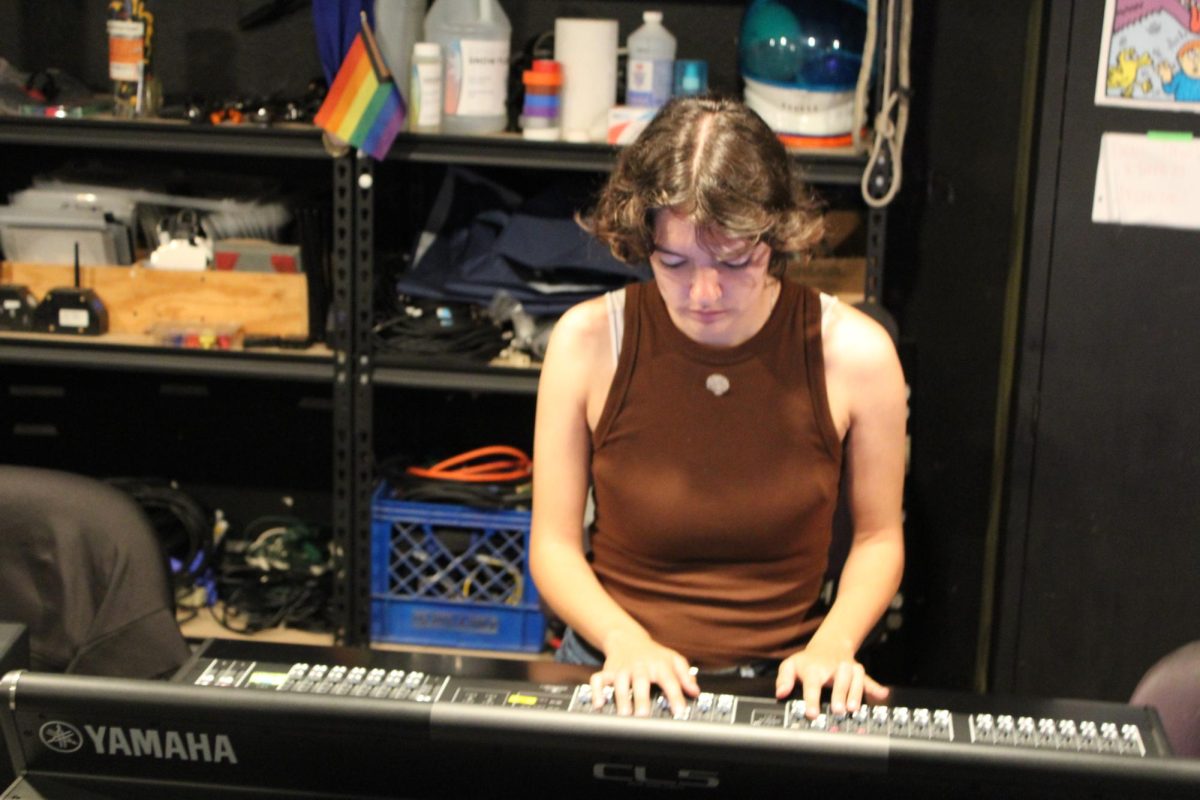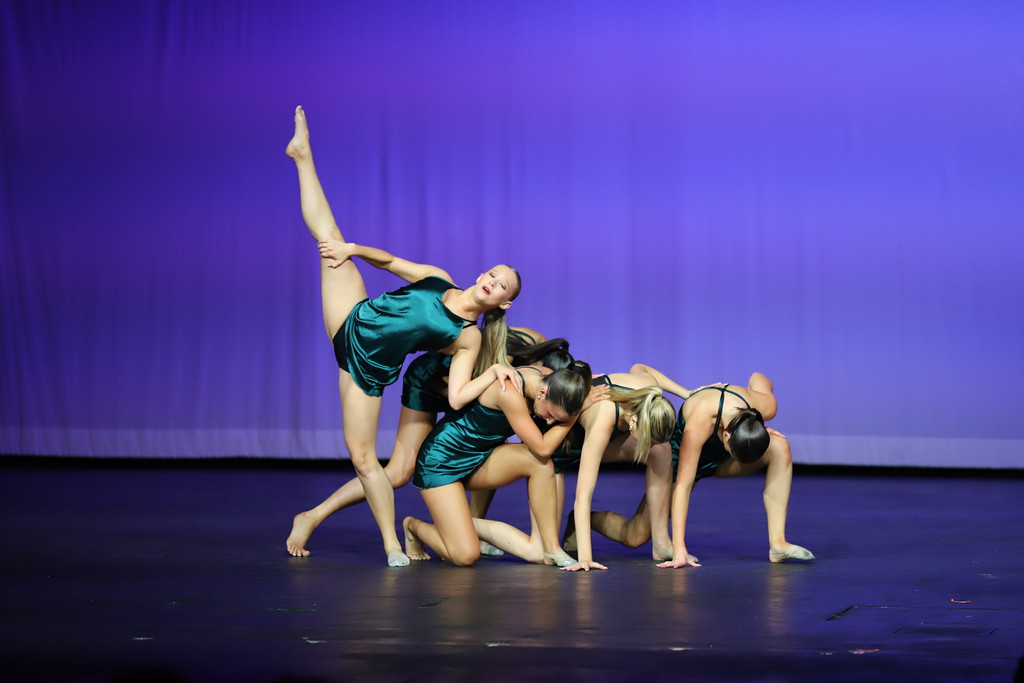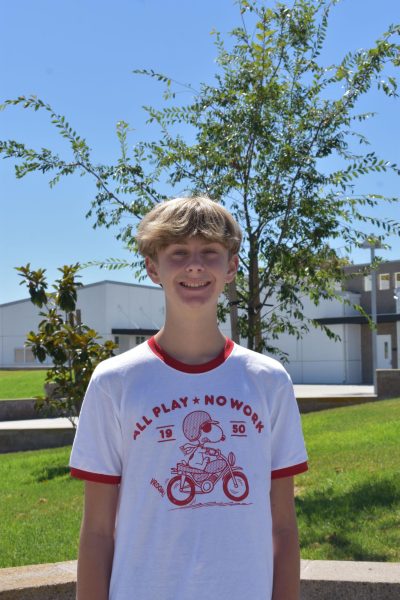David He (12), Jaelyn Liang (11), and Leanne Fan (12) traveled to New York, not for sightseeing, but to present innovative solutions to change the world for the better as a part of this year’s Science Summit, Sept. 25-27. The summit’s theme focu\sed on the role of science in achieving the United Nations’ Sustainable Development Goals, showing how research and innovation can tackle global crises like climate change, clean energy and environmental sustainability.
The Science Summit Youth Parliament brings together talented youth from around the world to explore how science and technological innovation can tackle some of the planet’s most pressing issues. Students are selected to participate based on their experiences and accomplishments. They apply by submitting a project or other relevant past work on their chosen topic, and only a small number of around five to fix people per category are accepted, making the opportunity very selective. The attendees of this event include college students, teachers and experts from international organizations, all coming together to share ideas in the form of a panel discussion. The event highlights the knowledge gained from working on real-world solutions, and shows that individual students are capable of global changes. He said he appreciated the opportunity to be involved in such meaningful discussions, especially as a student with an interest in these issues.
“It’s really nice that in this event, the youth are discussing how they think they want to solve [environmental problems], as well as how to convince others, and the current leaders.” He said.
Fan had similar thoughts about how Science Summit encouraged her ideas.
“I think it’s really special that every student was able to bring their own opinions or perspectives to this one issue and one topic,” Fan said.
As a part of the Energy/Clean Tech panel, Liang answered questions focused on how innovations can work to support environmental goals. She used her work on AI energy consumption through software optimizations and hardware solutions to show how clean tech advancements can help slow environmental impacts through technology.
“I thought that this would be a very relevant panel for me since I’ve done some prior work on reducing energy consumption for artificial intelligence systems,” Liang said. “I definitely learned a lot about other relevant issues in the world, like health, and also people’s different stances on artificial intelligence and how it could both benefit and be detrimental to the world and environment. Since AI is becoming really important, I’ve used it a lot more, and its environmental concerns are definitely tangible. This energy and clean tech [are] definitely something that we should really consider in the future to mitigate those problems.”
He participated in the Environment and Climate panel, and discussed how youth can contribute to helping solve some of the global challenges the United Nations is addressing. He emphasized practical solutions inspired by past research. During the panel, he highlighted bioengineered solutions such as creating bacteria capable of replicating and metabolizing plastic, allowing it to break down gradually with little human intervention.
“Climate change, pollution and environmental change overall is a really big obstacle that humans face, and having discussions about the science of it is really important,” He said. “Since we’re a coastal city, plastic pollution is a pretty big issue for San Diego as a whole. [The Science Summit] is doing a really important job raising awareness of science, and through the youth parliament, it helps engage and inspire younger generations.”
Lastly, Fan presented on the Digital/AI panel, which focused on the impacts and implications of recent AI developments on human health, the environment, and our futures. During the panel, she spoke about her research where she developed a sustainable and low-cost training method for producing small, deployable AI reasoning models. Her presentation focused on how AI technology can support the United Nations’ Sustainable Development Goals.
“Right now, a lot of the AI models that we use, like ChatGPT, they’re massive, they’re billions of parameters,” Fan said. “They take an insane amount of resources to train. Instead, what I did is I tried to take a very small model and then I fine-tuned it to be able to perform on par with larger reasoning models like ChatGPT’s o1-preview. The point of this is we can use these models for healthcare or disaster scenarios in resource constrained environments pretty much everywhere in the world. You don’t need Wi-Fi and can run a high-performing reasoning model on consumer hardware.”
Each student’s individual experiences at Science Summit show how youth can bring fresh perspectives to global challenges and emphasize the pivotal role of science in offering evidence-based solutions and innovations for sustainable development across diverse sectors..
“One thing that was really highlighted in this entire summit,” Fan said, “is the power of youth to really make change despite other people trying to say ‘oh you’re so young you can’t do this.’ Learning about all the products that other students are able to do and even the initiatives they already carried out that impacted thousands and thousands of people is really inspiring.”




